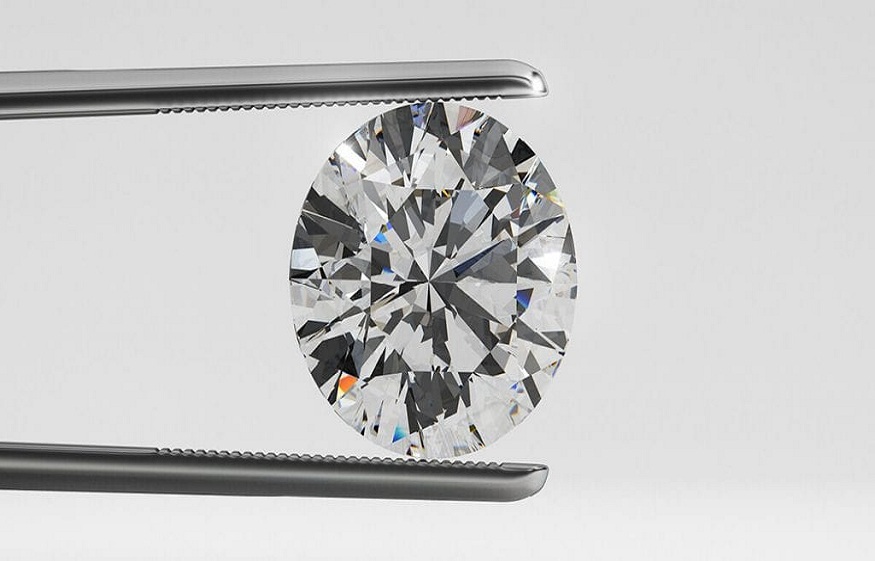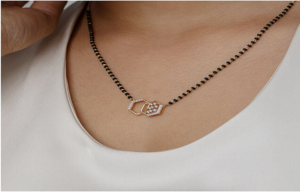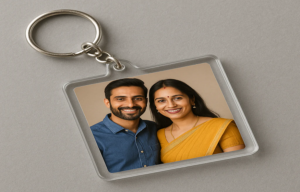Diamond Price How to Calculate the Value of Diamonds.?
4 min read
When you own a real diamond or want to buy or sell a diamond, the question of its price obviously arises. What is the value of this diamond? What is the price of the diamond? Like other markets, the diamond market is essentially rational. To accurately determine the value of a diamond , it is essential to know the method of calculating the price of diamonds as well as all the characteristics. As you will discover, diamond prices are determined by a variety of factors.
The criteria for determining the price of diamonds
These 4 criteria are essential to be able to calculate the price of a diamond. Let’s now take a closer look at these famous “4Cs. Diamond prices and shapesThe first evaluation criterion of the “4Cs” is the size of a diamond. This concerns the shape as well as the quality of the size. Shape refers to the outline, the shape you see when looking at the diamond from above (eg an oval shape, a heart shape, etc.). The demand for round brilliant diamonds is greater than that of other diamond shapes. Thus, the price of round brilliant diamonds therefore tends to be higher than the others.
It is much more difficult to assess the quality of a diamond’s cut. The cut quality is a very important factor in the price of the diamond. It is also the most important determining factor for the optical performance and overall beauty of a diamond. Diamonds have traditionally been cut with the aim of retaining as much weight as possible. But some cutters are willing to sacrifice a little weight to make the best diamond possible. Naturally, the price of these diamonds is higher.
Proper analysis of cut quality requires specific devices to detect any light performance issues. Advanced imaging devices allow verification of actual light performance and veneer accuracy.
Diamond Price by Carat Weight
The second criterion of these is the weight of the diamond, which is expressed in carats. A unit expressed in carat is equal to 0.20 grams. A precision scale is used to weigh the diamond or any other precious stone or gem.
price per carat also increases, which has a cumulative impact on the total price.
However, the value of diamonds is not proportional to the weight , and the value of a 2 carat diamond will not be twice that of one carat. For example, the value of a 1.00 ct round diamond might be $7,900 per carat, but a 2.00 carat of the same quality might instead cost $13,000 per carat or $27,000 in total. Instead of being double the total cost, the 2.00 ct diamond costs more than three times the price!
To complicate matters further, the price per carat tends to increase in increments in the diamond price schedule. For example, 1.00 carat diamonds do not cost 1% more than identical 0.99 carat diamonds. Indeed, most diamond sellers charge a premium when they reach these milestones.
Price according to the Color and the Tint of the Diamonds
The color of the diamonds to calculate the priceThe color grading scale reflects extremely slight differences in body color. The perfectly colorless “D” color is the rarest (disregarding fancy colors) and increases a diamond’s value when all other factors are equal. But the colorless group consists of three colors – D, E and F.
For most people, they are indistinguishable from each other. The next four levels of color are called “nearly colorless” because they do not show up as having a color. In other words, to the casual observer, they look a lot like colorless diamonds.
Colorless diamonds (DEF) are rarer, so their price is higher. The difference in diamond price between color grades can be huge, with little optical benefit. It is therefore necessary to compare the color of one stone to another.
However, the color of diamonds in the “light yellow” category can be seen with the naked eye. The price of diamonds in this category will be strongly impacted downwards.
Diamond Price and Clarity
The purity of diamonds to determine the price of diamondsThe last criteria of the 4Cs is the purity of the diamond. The purity scale classifies diamonds according to the importance of inclusions. The rarest in terms of clarity, the absence of flaw will increase the price of the diamond when all other factors are equal. Conversely, each lower clarity grade means a lower diamond price.
The degree of purity is determined using a 10x magnifying glass (10x magnification).
The FL designation simply means that there are no inclusions or flaws visible to an experienced diamond grader. At 15x or 20x, there may be something visible in a “flawless” diamond.
Below FL, there are 4 degrees of purity which cannot be distinguished with the naked eye (IF, VVS1, VVS2, VS1). In most cases, VS2 and often SI1 fall into this same category.
However, the last three classifications group together diamonds whose inclusions are visible to the naked eye. They are therefore much less popular and the price of these types of diamond is much lower.
Let’s take an example by comparing diamonds of the same shape, carat and color but of different degrees of clarity. The price of a round brilliant diamond of 1 carat of color G with a degree of clarity VVS1 is approximately 14,800 €. The price of the same diamond graded SI1 is worth around €10,200. While the difference cannot be seen with the naked eye, the price difference is 31% !







